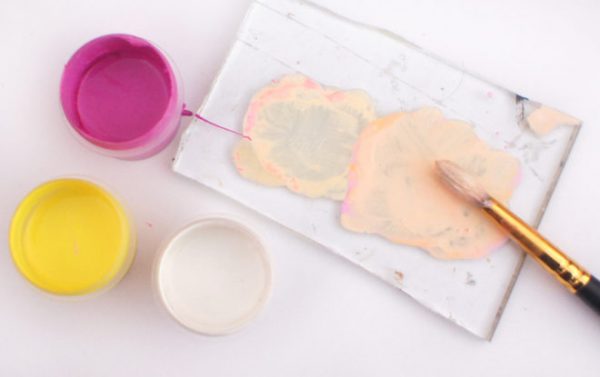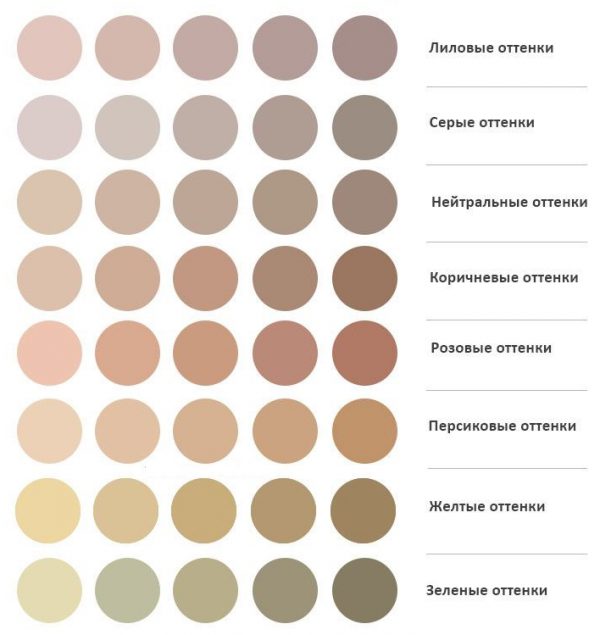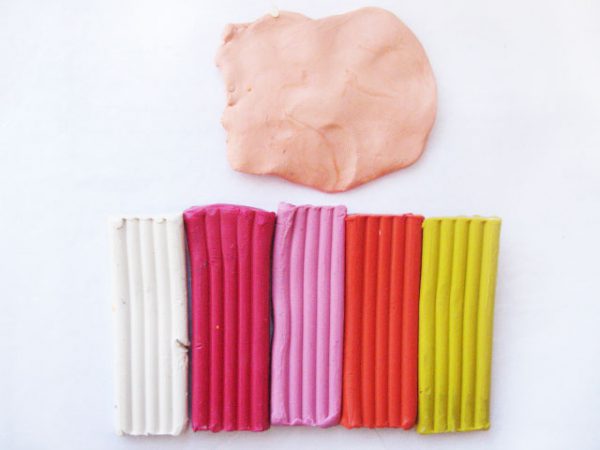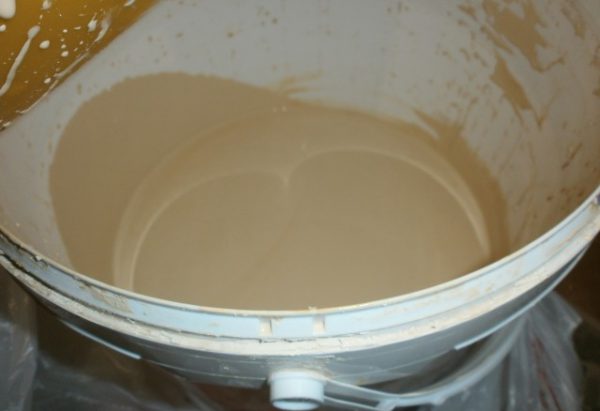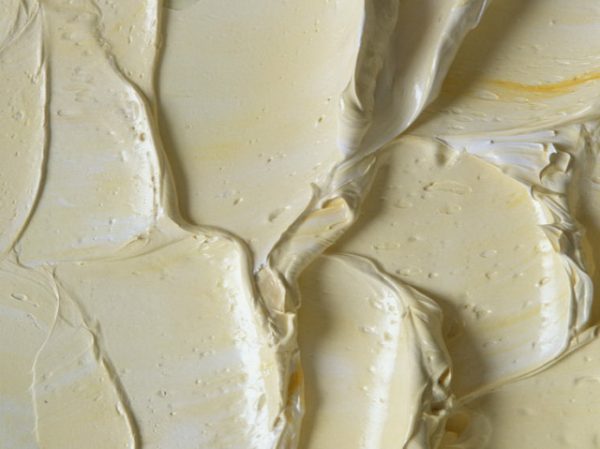Shades of beige are widely used in architecture, design, painting. They are considered neutral, therefore they can either "dilute" a too bright palette, make it more muffled, or emphasize a different color.
- Beige color - general information
- Instructions for getting beige
- Necessary materials
- Paint selection
- Preparation and the main process
- Beige plasticine color
- Beige color for walls.
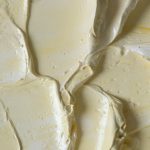
It happens that the desired color is not available, in addition, beige is not included in the main gamut and is rarely sold in stores. How to get a beige color, well-known professional artists. To do this, mix gouache or other colors in a specific combination.
to contents ↑Beige color - general information
Beige, or beige, is a light brown color with an admixture of cream or yellowish tones. Due to its neutrality and compatibility with a huge number of shades, beige occupies a special place in the palette. It often serves as a backdrop, but can also focus on various design elements, cut. Bright colors reveal excellently on a beige basis, they become deeper.
According to Feng Shui, beige carries the calmest energy, is recognized as the embodiment of stability, a comfortable life. It is close to the skin tone of a person. It is important to know that beige is not an independent color in the interior - it must always be skillfully combined with other tones, otherwise all surfaces will merge.
In the category "beige" there are various subtones and shades:
- ivory, or ivory;
- sand;
- opal;
- cream;
- light coffee;
- light caramel;
- wheat.
There are also tables according to which all beige tones can be conditionally divided into warm (with a reflection of brown) and cold (with a bit of gray). Beige is best combined with coffee and brown tones, as well as with blue, blue, olive, light green, wenge, burgundy, sandy yellow, lavender, pink.
to contents ↑Instructions for getting beige
To make a beige color yourself, no special knowledge is required. It is important to prepare the right colors and follow simple tips.
Necessary materials
Beige is obtained by mixing paints, so for work you should prepare a set of colors in different shades. A container for connecting pigments is also useful if the finished paint is needed in a large volume, or a palette if the beige color is needed for drawing. You also need brushes for taking paints, a coating to check the finished tone of the material.
For the manufacture of beige paint, different color mixing techniques are used. It is necessary to prepare the following dyes:
- white;
- brown;
- golden;
- red;
- green.
Paint selection
The most popular material among artists and beginners is gouache. It gives the most juicy, beautiful tones that can be lightened by adding white. Also, watercolor is suitable for mixing, but making beige from it is more difficult - the finished pigment can turn out to be watery, too plain.
to contents ↑A good result is given by the combination of acrylic colors, a number of water-based construction paints and varnishes. You can get the right color even by mixing pencil strokes or pieces of plasticine - if desired.
Preparation and the main process
There is the easiest way to create a beautiful beige shade of paint. To do this, you need to prepare only two colors - white (white) and brown. You should take a little brown, then add white to it until you get the right paint. Usually 1 part brown and 2-4 parts white. In the finished mass, to increase the contrast, you can drip a little yellow pigment.
Since there are many shades of beige, you can conduct a series of experiments and get the paint in other ways:
- Mix yellow, red, brown and dilute with white. Red tone is needed quite a bit, it is required to obtain orange when combined with yellow. The largest share in this combination falls on white and yellow.
- Shuffle yellow, pink, white. Pink tone is added in small quantities, otherwise you will have to spend too much white.
- Combine white paint and golden ocher (approximately 60 and 40%, respectively). To soften the tone, add a drop of red, for its "cooling" - a little green.
- Combine scarlet, blue, yellow, well dilute the mass with white. Also, to give a “highlight” to the finished color, you can enter a little gold. This method allows you to get a natural skin tone.
After manufacturing, the paint should be immediately tested on the canvas, after which it should wait for it to dry completely. Beige often changes its tone as it dries, and you may need to make it lighter or darker. To darken the paint, you can add black or brown. It is important that their number is scanty, otherwise the finished tone will become dirty gray.
to contents ↑Beige plasticine color
Plasticine figures can also be made diverse in color. This is achieved by combining various shades of this material. Bars of white, pink or red, yellow, orange (coral) colors are taken. Dark tones are interconnected in equal proportions, and then knead them with white (you need only 10-15% of the remaining tones and 85-90% of white plasticine).
The process can take a lot of time, require perseverance, because the material will have to be kneaded very carefully. As a result, it should not have ugly veins unevenly colored blotches. You can warm up the plasticine a bit by putting it in a bag and in warm water - this will make mixing easier.
to contents ↑Beige color for walls.
For walls use various types of paints. Prior to repair, it is important to clarify the properties of each and try to tint the paintwork materials in a small volume. Next, you should calculate the flow rate to prepare the entire portion of the paint at once. The fact is that re-creating exactly the same shade of beige will be difficult - you have to turn to the colorist.
Here are the most popular interior paints that mix easily:
- Acrylic water dispersible. Made on the basis of acrylic, water, dispersion of various particles. They are environmentally friendly, odorless, give a beautiful matte surface, are elastic, wash well. Usually sold in white, which can be tinted at your discretion. As a rule, a little brown pigment is added to the white paint, getting beige.
- Alkyd. Allows you to create a coating of high strength, resistant to environmental factors. Alkyd paints are waterproof, have excellent decorative properties. The walls will be glossy, without stains and defects. Typically, such paints have a finished color, so they will have to be mixed together.
- Latex water dispersible.They have all the properties of acrylic, only more durable, beautiful, but they are much more expensive. Easily tinted in beige by adding ready-made shades or mixing pigments.
- Silicone water dispersible. High-quality paints, can hide wall defects, tint well, incredibly durable, wash well. The downside is the high price.
Beige tone is relevant in any interior - classic, country, minimalism, romantic and most others. You can make such a shade on your own, especially since thanks to experiments, unique combinations and original tones are often obtained.

